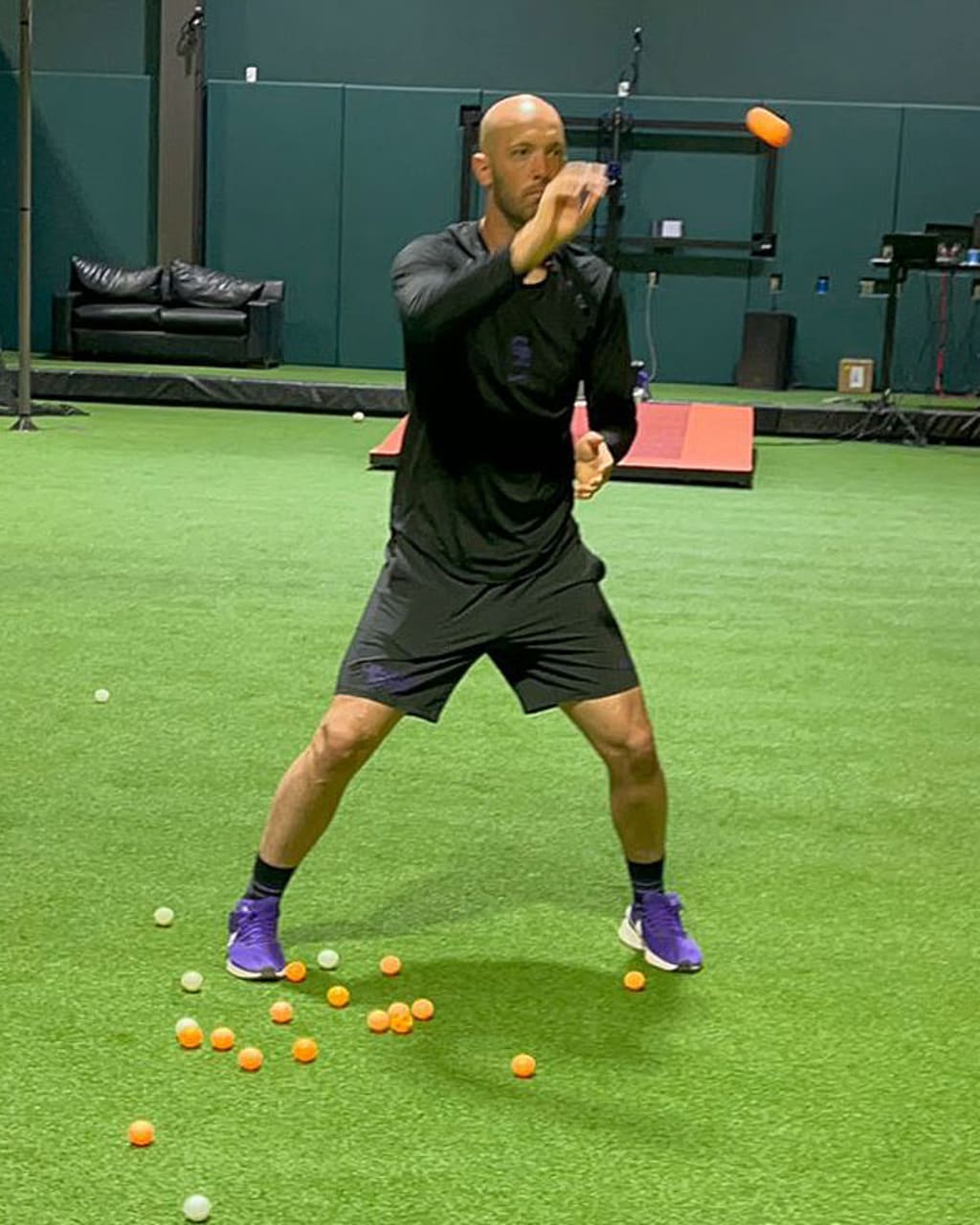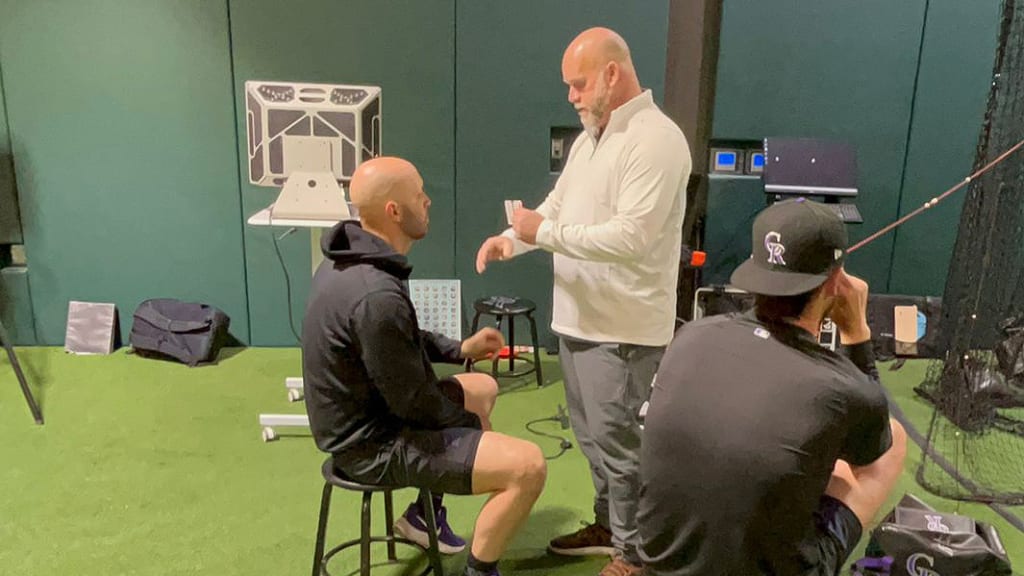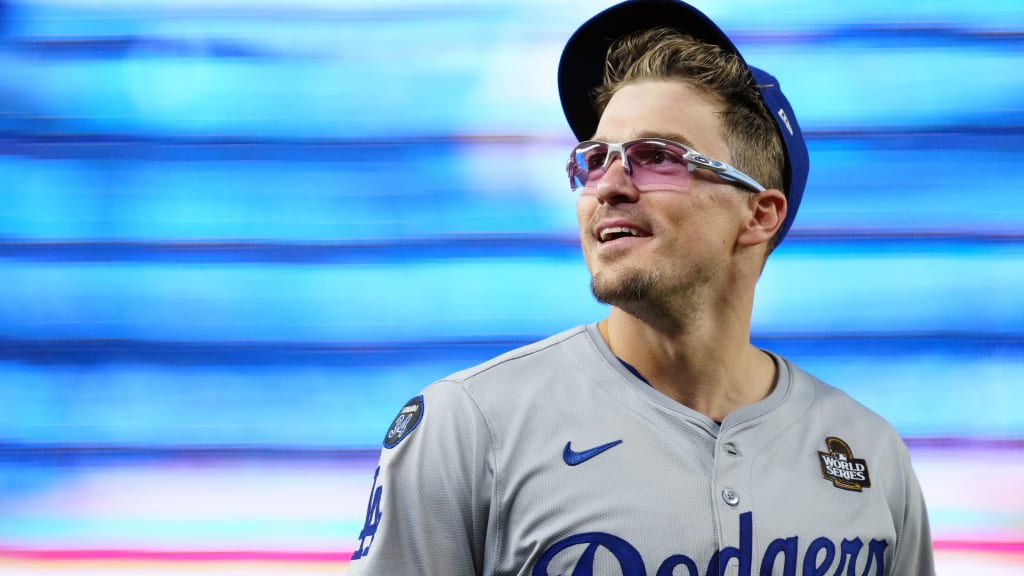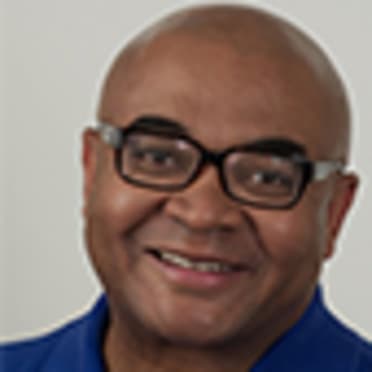DENVER -- Catcher Jacob Stallings was a solid enough offensive player to earn the Pirates¡¯ MVP award in 2020 -- and he was a Gold Glove Award winner for the team in ¡®21 -- only to then experience two subpar seasons with the Marlins.
After signing with the Rockies before the 2024 season, Stallings learned that the problem was his eyes. They weren¡¯t exactly deceiving him, but they weren¡¯t giving him the perfect picture of pitches.
The answer came quickly, thanks to Ryan Harrison, hired last season by Rockies hitting coach Hensley Meulens as a certified visual performance consultant to enhance players¡¯ efficiency in tracking the baseball. The two collaborated when Meulens was hitting coach for the three-time World Series champion Giants.
Early in Spring Training, Harrison quickly went deeper than Stallings¡¯ eyes. He inquired about his head.
¡°We did the initial assessment, and my right eye would flutter when I was trying to track a fast-moving object,¡± Stallings said. ¡°He asked if I¡¯d had a concussion.
¡°My last diagnosed concussion was in ¡®21. He asked how the last couple years had gone for me offensively.
¡°I said, ¡®Now that you mention it, not very well.'¡±

The stats held the answer. After seeing three straight years of OPS readings better than .700 with increased playing time with the Pirates, Stallings was traded to the Marlins. He dipped to .584 in ¡®22 and .565 in ¡®23 before the Marlins non-tendered him.
Harrison -- whose SlowTheGameDown Elite Visual Performance company has extensive experience with teams and individual athletes -- worked to restore the puzzle piece that Stallings didn¡¯t know was missing.
¡°I¡¯ve been doing this a long time with baseball players, and catchers have always been interested in what we do,¡± Harrison said. ¡°A lot of it has to deal with the bangs to the head. It¡¯s not just catchers. It¡¯s outfielders. It¡¯s players in other sports. I¡¯ve had some quarterbacks come to me. Visual dysfunction tends to happen with a lot of what I call whiplash kind of concussions, where the neck is involved.¡±

During Spring Training and in-season, Harrison would position himself behind the batting cage and make quiet observations. But he did the real work inside by obtaining and comparing data, using high-tech and high-level training methods and teaching tactical strategies.
Stallings described his process so that many with not-so-gifted peepers (reporter¡¯s hand raised) can understand.
¡°You've probably gotten an eye test before -- you know, they put your chin on a little thing and look into your eyes,¡± Stallings said. ¡°It was similar. I had this contraption and he has a computer screen, and there is a camera that tracks your eyes. The sensor is able to see how I¡¯m able to stay with objects.
¡°It¡¯s a pretty high-tech program ¡ I probably didn¡¯t do it much justice in the explanation.¡±
Just know this: Your optometrist is not looking for what Harrison seeks.

Harrison has spent his life in visual performance. His father -- the late Dr. Bill Harrison, an optometrist -- first approached ownership of the expansion Royals in the late 1960s, then was given their blessing in the early 1970s. Well, the famed Royals Baseball Academy swore by his work, and eventual Hall of Famer George Brett was an early disciple.
Ryan Harrison¡¯s athletic feats were with his, well, foot. He was a kicker at the University of California at Davis. He earned a degree in exercise physiology, and he learned the eye component from his father.
Harrison was a consultant for the Giants, Blue Jays and Phillies in past years. Last season, he evaluated Kik¨¦ Hern¨¢ndez of the World Series champion Dodgers, who was diagnosed with an astigmatism. Hern¨¢ndez started wearing glasses after the All-Star break, and went from being one of baseball¡¯s poorest hitters over an extended period (.171 average in the first half) to a force (.274 in the second half).

Of course, Harrison freely says that visual training is a component, not a miracle cure. Stallings was a success story and, according to Harrison, Charlie Blackmon in his final season of 2024 was No. 1 in visual skills. But for the Rockies and their lineup of largely inexperienced hitters, many with a tendency to swing big, strikeouts persisted. So the work continues.
The fascinating part of Harrison¡¯s specialty is that while elite hitters often have 20/15 vision -- greater than the familiar 20/20 standard -- visual clarity is not the be all and end all.
¡°There are seven muscles in each eye -- 14 total -- and 12 are involved in tracking,¡± Harrison said. ¡°The seventh muscle in each eye is for what we call accommodation -- far and near. Dynamic depth perception -- which is the ball moving in space, timing, spin -- uses two eyes.¡±
An interesting note was that Stallings' visual clarity -- which determines whether one needs vision correction -- was fine. Harrison found the aforementioned eye muscles were strong.
¡°They were just out of alignment,¡± Harrison said. ¡°We were in a sense doing physical therapy or athletic training. If you have a leg issue, you¡¯ve got to do your movements until you¡¯re running sprints again.¡±
Stallings¡¯ daily routine, which carried through the season, involved using ¡°bifocal things called flippers,¡± adjustable blurring lenses to increase difficulty and tracking small objects.
¡°A few weeks later, he [Harrison] came back in Spring Training,¡± Stallings said. ¡°I did the assessment again, and I tested as one of the best guys in all of camp.¡±
The results showed it. Stallings posted career full-season bests with a .263 batting average, .357 on-base percentage, .453 slugging percentage and nine home runs while appearing in 82 games. The performance was good enough to earn him a new one-year, $2.5 million guarantee with a 2026 option.
Stallings will work to keep his outlook bright.
¡°I made some swing adjustments, but the eye training helped just as much, if not more,¡± Stallings said. ¡°It changed the course of my career.¡±
